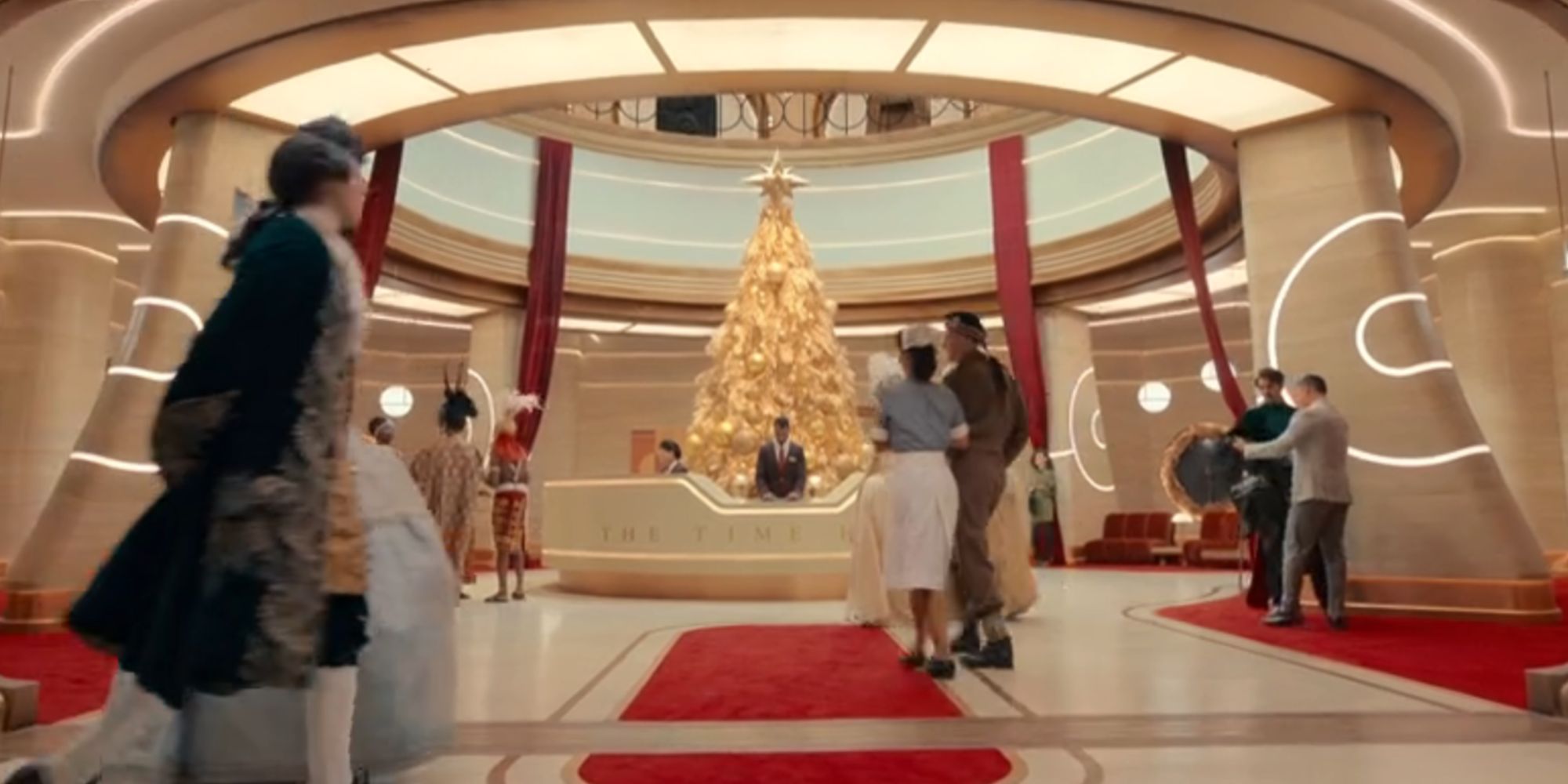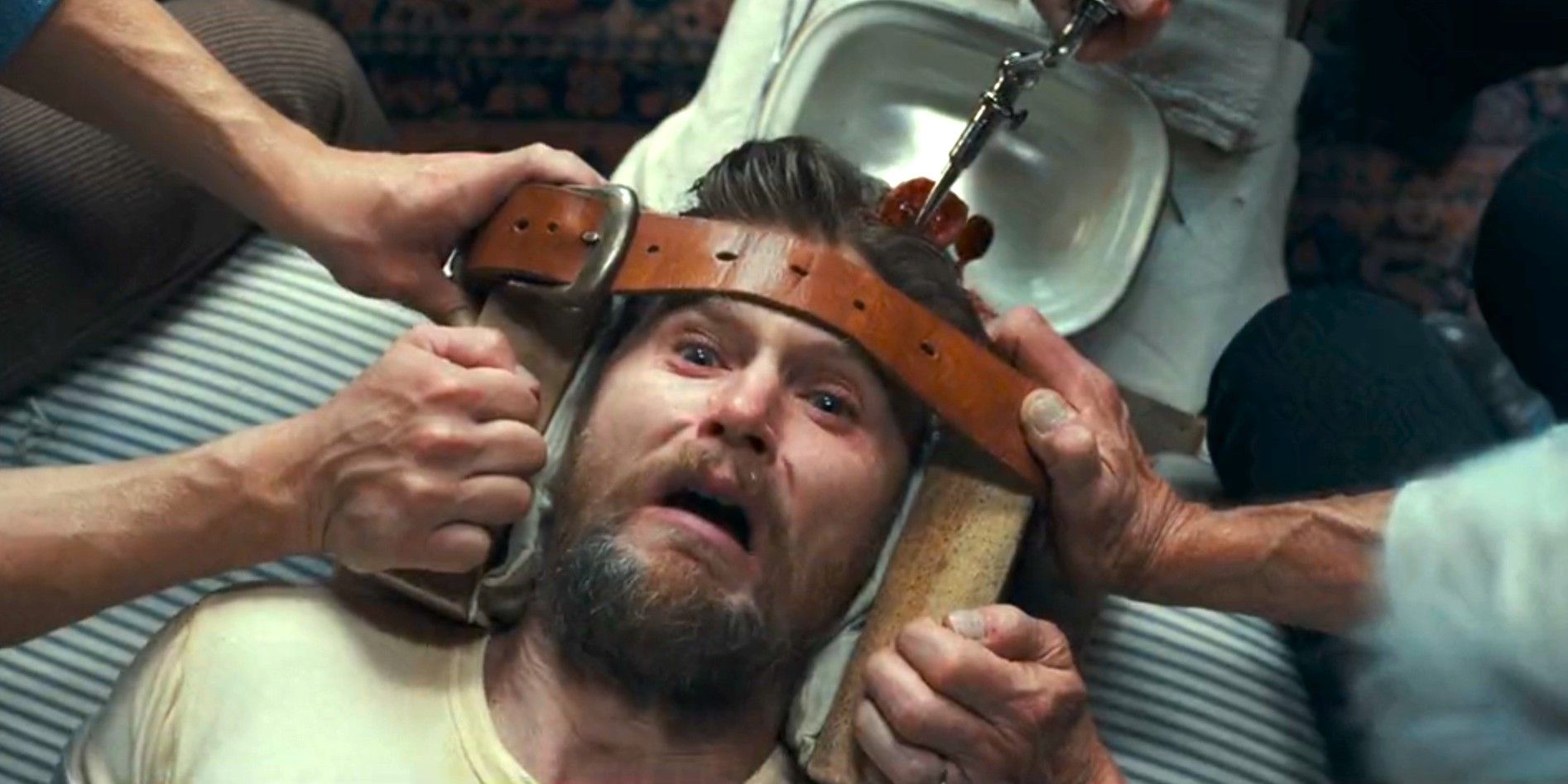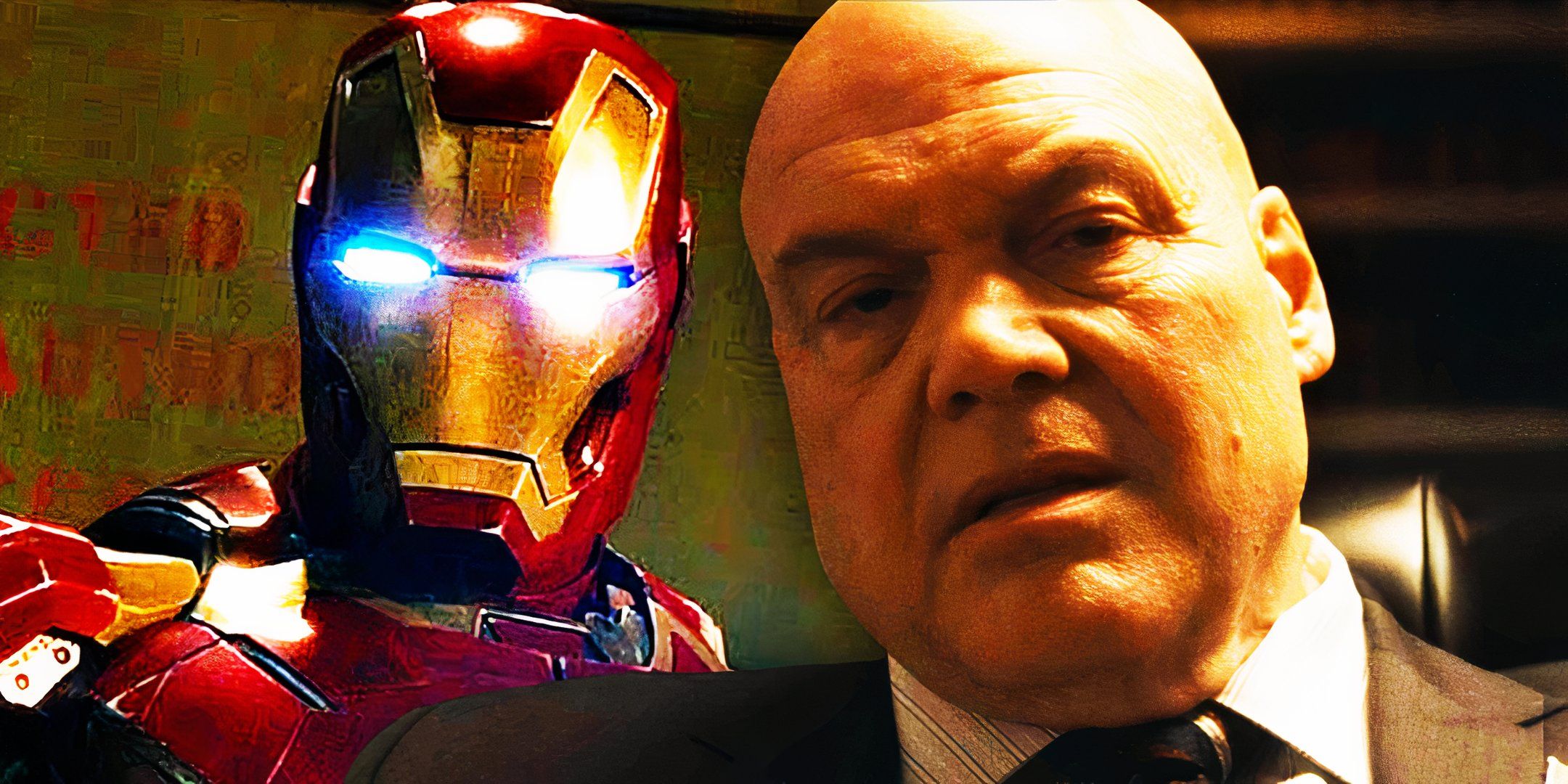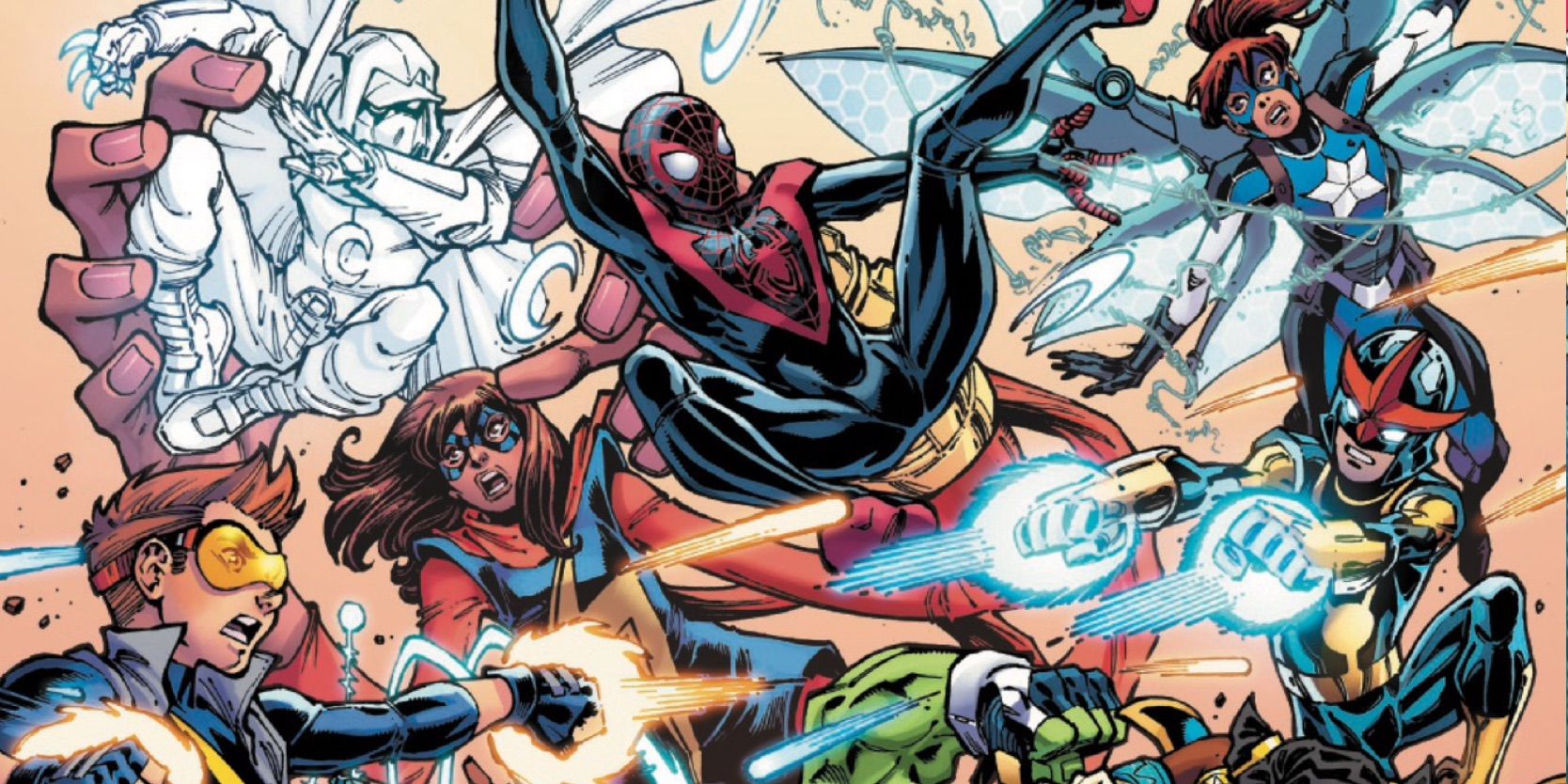7 Steven Moffat Doctor Who Episodes Referenced In 2024's Christmas Special
Doctor Who’s 2024 Christmas special, “Joy to the World,” contains several references to Steven Moffat’s past episodes of the show. The Doctor Who Christmas specials are often a great opportunity for the show to take a break from its overarching story arcs for one story, but this doesn’t mean that the episode can’t make a nod to previous installments and characters. “Joy to the World” is full of brilliant references to some of Steven Moffat’s best Doctor Who episodes, which makes sense, seeing as the 2024 Christmas episode is also written by the ex-showrunner.
As the Time Hotel links several periods of human history together, it’s no surprise that audiences are treated to these Doctor Who Easter eggs. There are references big and small to Moffat’s tenure, and it’s a brilliant way to get audiences ready for the upcoming Doctor Who season 15. “Joy to the World” is a heartfelt watch, and there are many fantastic references to Steven Moffat’s episodes throughout it.
7 "The Doctor Dances"
Season 1, Episode 10
“The Empty Child” and “The Doctor Dances” make up one of Doctor Who’s best two-part stories, in which the Ninth Doctor and Rose Tyler meet Captain Jack Harkness for the first time in World War II’s London Blitz. “Joy to the World” contains multiple nods to this Moffat story, which begins from the episode’s early scenes. Firstly, Mr. Flockhart mentions to his wife that the war is the “End of everything [they] know.” Although it’s not a direct reference, it’s an interesting parallel to Rose telling Nancy that the war is “Not the end,” when she fears dying.
2:26 Related "Boom" Pays Off A Doctor Who Story From Steven Moffat's Very First Episode 19 Years Ago Steven Moffat's return to Doctor Who means the resurgence of a presence first introduced to the show by the writer in 2005, extending his era.
In the Time Hotel, there are signs about the Blitz and customers dressed like soldiers of the time, too. However, the most notable reference is the return of Doctor Who’s Villengard, who is first mentioned in “The Doctor Dances.” The weapons manufacturers are the ones who create Jack’s iconic sonic blaster, and the Doctor later mentions destroying one of Villengard’s factories using a molecular fruit bomb and turning it into a banana grove. Although the Villengard are one of the main antagonists of season 14, especially “Boom,” it’s interesting to remember that Moffat first introduces them back in season 1.
6 "The Girl In The Fireplace"
Season 2, Episode 4
“The Girl in the Fireplace” is one of the greatest Doctor Who stories of all time, in which the Tenth Doctor, Rose, and Mickey stumble across 18th century Paris aboard a 51st century spaceship. More guests of the Time Hotel are seen lurking around the lobby dressed just like Madame de Pompadour and her cohort, although this could also be considered as Doctor Who making a Bridgerton reference, especially considering Nicola Coughlan stars in “Joy to the World.” Although Bridgerton is set in the 19th century, there is a lot of similarities in the style of clothing in this time.
There are multiple nods to this episode. In fact, while the Doctor animates a mop to clean the stairs, he is reading a paper that is discussing a skeleton in Versailles, which is where “The Girl in the Fireplace” is set. However, it’s unclear exactly what this newspaper story is exactly about. Although the words “slow path” aren’t used in “Joy to the World,” this season 2 episode coins the phrase, and the Doctor spending a year with Anita at the Sandringham is exactly that. Sadly, the Tenth Doctor doesn’t get to experience time chronologically with Pompadour, though.
5 "Blink"
Season 3, Episode 10
“Blink” introduces Sally Sparrow, one of the best one-off companions in Doctor Who history, who helps the Tenth Doctor and Martha Jones against the Weeping Angels from different parts of time. The Fifteenth Doctor explains the mechanics behind the legendary villains to Anita during his year at the Sandringham, specifically how looking directly at them stops them from moving and killing anyone. The Weeping Angels frequently pop up in Moffat’s era, so this reference could technically be considered as being from the likes of “The Time of Angels,” “Flesh and Stone,” and “The Angels Take Manhattan,” too.
There are two other references that don’t originate from the Doctor Who Weeping Angels episode, but are crucial elements of the episode, however. The Doctor’s paper is called Timey Wimey, which is likely a nod to the Tenth Doctor’s line “Ball of wibbly wobbly, timey wimey stuff” from “Blink.” There is also the explanation of the bootstrap paradox, and how the Doctor only knows the code to the briefcase because his past self mentions it. Even though there are plenty of other Doctor Who stories that feature a bootstrap paradox, “Blink” is one of the best examples of the concept.
4 "The Eleventh Hour"
Season 5, Episode 1
Every Doctor’s first story in Doctor Who is a dramatic one. The Eleventh Doctor’s debut episode, “The Eleventh Hour,” sets up the mystery surrounding the time cracks, as the Time Lord encounters one for the first time in the bedroom of young Amelia Pond. While the Doctor tries to save the Earth in under 20 minutes and ensure that Prisoner Zero is recaptured, he strangely fixates on the lack of ducks in Leadworth’s duck pond. 14 years after the release of Matt Smith’s first episode, “The Eleventh Hour,” the Christmas special provides somewhat of an answer.
Doctor Who resolves this Amy Pond mystery in “Joy to the World” and the episode’s marketing material. In an Instagram post, the Doctor carries a copy of his newspaper that mentions how a scientist had infected Leadworth’s duck pond with a chemical which created a portal to 1973, and this edition of the periodical is later seen when the Time Lord searches the Time Hotel for fresh milk. Although there is still some confusion surrounding how this explanation works alongside the Eleventh Doctor causing the Big Bang Two, it’s still an intriguing reference for Moffat to make many years later.
3 "The Doctor's Wife"
Season 6, Episode 4
In “The Doctor’s Wife,” the Eleventh Doctor finally gets to have a face-to-face conversation with his trusty ship. Technically, “The Doctor’s Wife” isn’t a Moffat episode as it is written by Neil Gaiman, but it’s such an important part of the former showrunner’s Doctor Who tenure that it can be considered as such. When the TARDIS crashes into another universe, the ship’s matrix is inserted into a woman named Idris, and for the first time, the TARDIS has a physical form. Idris and the Doctor bicker about her behavior as the TARDIS, specifically how her navigation is far from perfect.
Related Doctor Who Secretly Reveals What Happens To Anita After 2024's Christmas Episode Anita is the best new character in the Doctor Who 2024 Christmas special , and the episode secretly reveals what happens after the ending.
This argument is paralleled in a conversation between the Fifteenth Doctor and Anita in “Joy to the World.” It’s hilarious that the Doctor changes the color of Anita’s car to blue, but when she mentions he hasn’t fixed her sat-nav, and it isn’t taking her to the correct destination, the Time Lord quotes Idris and tells her that the car “takes [her] where she needs to go.” “The Doctor’s Wife” is so memorable because the TARDIS and the Doctor can finally communicate without the barriers of a spaceship structure, and it’s beautiful to see the Doctor recall the TARDIS’ words.
2 "The Wedding Of River Song"
Season 6, Episode 13
Season 6’s exciting climax, “The Wedding of River Song,” sees the Eleventh Doctor and Doctor Who’s River Song tie the knot. After River doesn’t kill the Doctor, time on Earth becomes stuck, with different eras of history blending into one as everything happens all at once. The Doctor is taken to the Great Pyramid of Giza in Area 52, and he and River later marry atop it. It’s brilliant that Moffat includes Giza as one of the destinations in the Time Hotel’s brochure, although it makes sense that he references one of his most iconic characters and best season arcs.
Related Doctor Who: Every Time The Doctor Has Gotten Married Doctor Who fans may well insist the Doctor is asexual, but in reality he's been married several times - and had a few accidental engagements.
Another indirect reference to River Song is through the Time Hotel’s DeTamble bar. DeTamble is a nod to Henry from The Time Traveller’s Wife by Audrey Niffenegger. The title is, of course, a natural title for River, as she is the Doctor’s spouse. The Doctor is clearly a fan of the novel, as the Twelfth incarnation has a copy on the TARDIS bookshelf in the season 8 episode “Dark Water.” This can also be considered a reference to Moffat’s HBO 2022 miniseries The Time Traveller’s Wife, which makes sense, seeing as the book is also one of the writer’s favorites.
1 "Deep Breath"
Season 8, Episode 1
While most incarnations of the Doctor in Doctor Who spend the first few hours after regeneration either healing or facing a significant threat, the Twelfth Doctor’s introduction hilariously features him arguing with a dinosaur. The opening scenes of “Deep Breath” sees the TARDIS being spat out onto the River Thames in Victorian London by a Tyrannosaurus rex, the very same species of dinosaur that swallows the briefcase in “Joy to the World.” Sadly, there’s no chance that these two dinosaurs are the same, as the Half-Faced Man burns the T-Rex to death in “Deep Breath.”
Related Steven Moffat Used His Final Doctor Who Episode To Poke Fun At His Own Legacy "Joy to the World" is supposedly Steven Moffat's final episode of Doctor Who, and the former showrunner takes that opportunity to mock his own legacy.
Although Jenny Flint and Madame Vastra first appear in “A Good Man Goes to War,” their characterizations and relationship with the Doctor are properly established in “Deep Breath.” “Joy to the World” references the incredible human-Silurian wives in its early scenes, when Mr. Flockhart mentions knowing “Two women” near the Cathedral after it is bombed. Doctor Who’s Paternoster Gang are a group of fantastic characters, so it’s great to see Moffat reference them again. Moffat even confirms the intention behind this line in an interview, (via Mashable), although it’s intriguing that he brings the Doctor Who characters up so indirectly.











COMMENTS